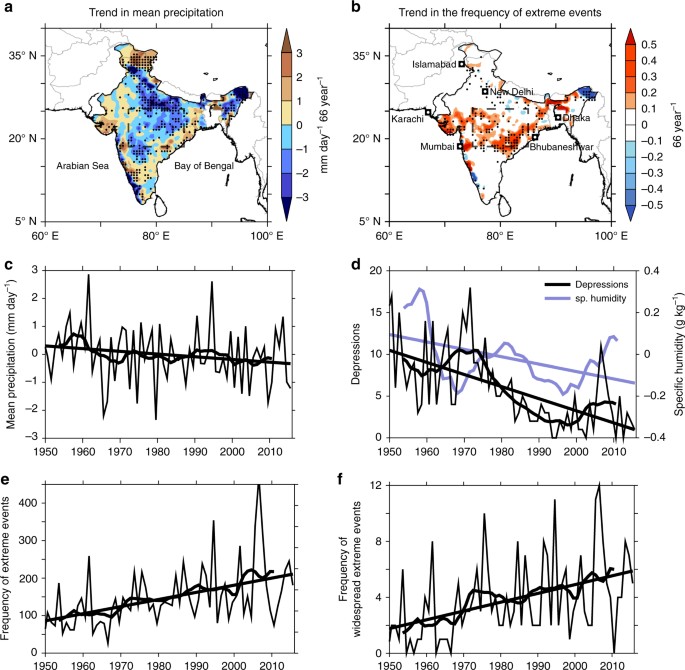Whatever you discuss, if you present information which is also used by alarmists to increase hysteria, I will add some counterinformation which shows that there is no base for hysteria.
No. I have not checked the correctness, because I know that a 300% increase out of nothing is nothing, but that alarmists like such numbers very much. A 300% increase of rains in the Sahara will be not worth to be mentioned at all. India has some desert regions too. If it is a serious issue for India or not is not clear at all, one would have to invest time to check if it is. Maybe, maybe not. But it is obviously far from catastrophic, and this is what I have found simply by considering well-known information about famines and population growth.
I have no base for any guess. Your 300% number gives me nothing at all. Why? I will illustrate this using an artificial example. Al-Kufrah in Libya has an average annual rainfall of 0.0338 inches (
https://sciencing.com/average-yearly-rainfall-sahara-desert-5097814.html ). Climate change could increase this to, say, 10 inches. The resulting climate would be nonetheless arid. Despite an increase of 30000%, those who would start to try agriculture, if they would start at all, would prefer much more rain. What would be the expectation for the future after this? One could think about the extremal scenario, that it becomes extremely wet. Say, 300 inches. This would be a further 3000% increase, miserable 1/10th of the first 30000% increase. And it would be nonetheless completely implausible to expect this, it would make that quite arid region one of the wettest of the world.
Then, a "three-fold rise in widespread extreme rainfall events" is even more arbitrary and open to alarmistic misuse than the average rainfall over a year in the example above, because it depends on a quite arbitrary limiting line between a simply heavy rainfall, which would be not even named "event", and a "heavy rainfall event". What would be named in a reasonable society a "widespread heavy rainfall event"? Something which happens seldom. Say, once a year, not much more. So what would be a three-fold rise of them? Three times a year, not much more.
I see that iceaura gives us a nice chance to evaluate the natural evolution of this:
What we would have to expect in the example above? Say, we had in 1901 1 event per year, after one half of the period, 1958, 3 events per year. Say, all continues as before. What would we expect 2015? 3*3=9 events would be one plausible guess. Then, iceaura would find 2 more such events during 1901-1958, but 6 more such events from 1958-2015. And would cry EMERGENCY!!!!11!1!
Summary: This is a type of statistics which is fine if you want to find out the sign - are there more heavy rain events today or less? For everything beyond this, it is worthless. The percentage of the increase is worthless, the changes in this already worthless number even more. And, by the way, the thing which makes floods in India worth a Wiki article is another one, mentioned by Wiki at the very beginning:
In other words, with adequate drainage systems, this would be not a problem. And building such systems would easily allow to live the Indian people in security, and even if those heavy rainfall events become the everyday rainfall events during the rainy season. Which could be, if one starts with one such event in 1901, easily become 50 if there will be more rain in the average (say, all 2 days during the rainy season or so).



